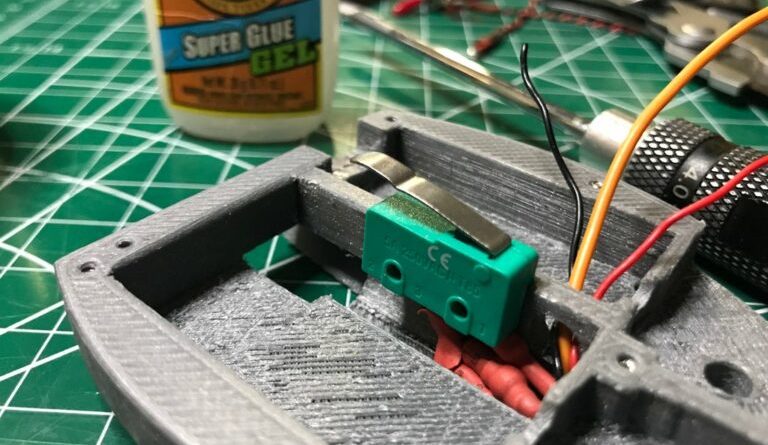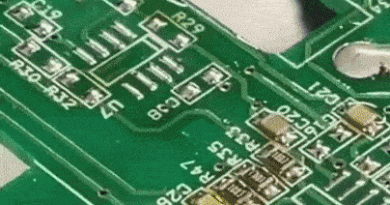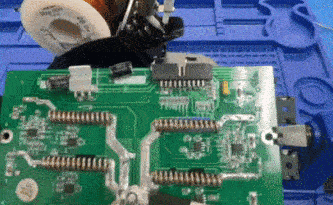Micro-Switches 101: Types, Applications, and More
Micro-switches are a crucial component in modern electronics, enabling swift and reliable switching in various smart applications. These tiny switches require minimal force to operate at high speed, making them an indispensable part of our daily lives. The end user could soldering directly onto the switch or using a terminal connector for easy removal. In this blog post, we’ll delve into the world of micro-switches, exploring their types, selection criteria, and applications.
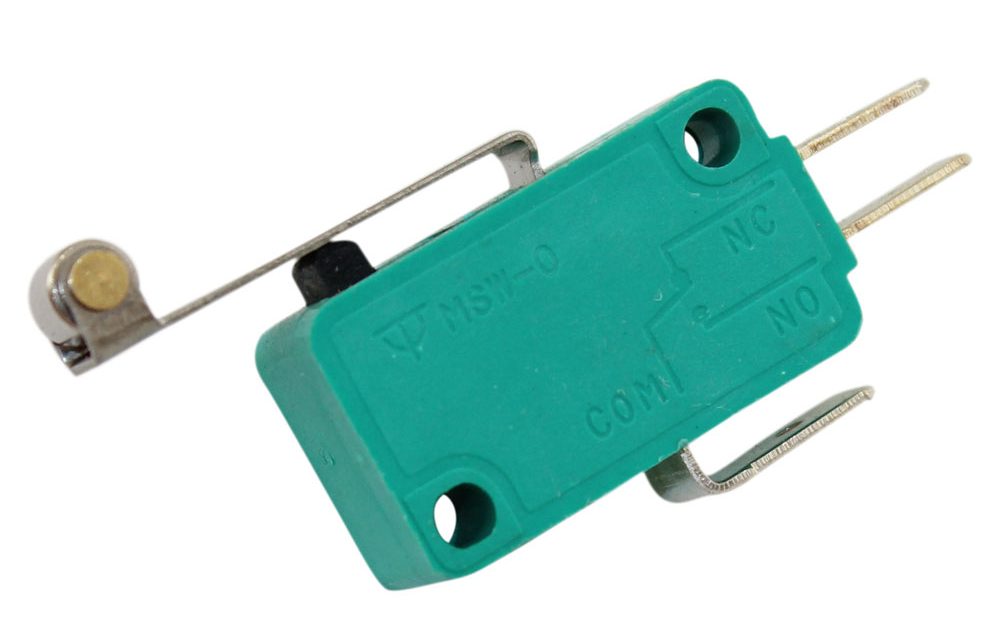
How to select the Microswitch?
Depending on the application we can select the type of microswitch using. Various types of lever terminals are available in microswitches:
- NO/NC (Normally Open/Normally Closed)
- ON/(ON)
- Short Straight lever, Standard Straight Lever, Long Straight Lever,
- Extended Straight Lever, Small Simulated Roller Lever, Standard Simulated Roller Lever
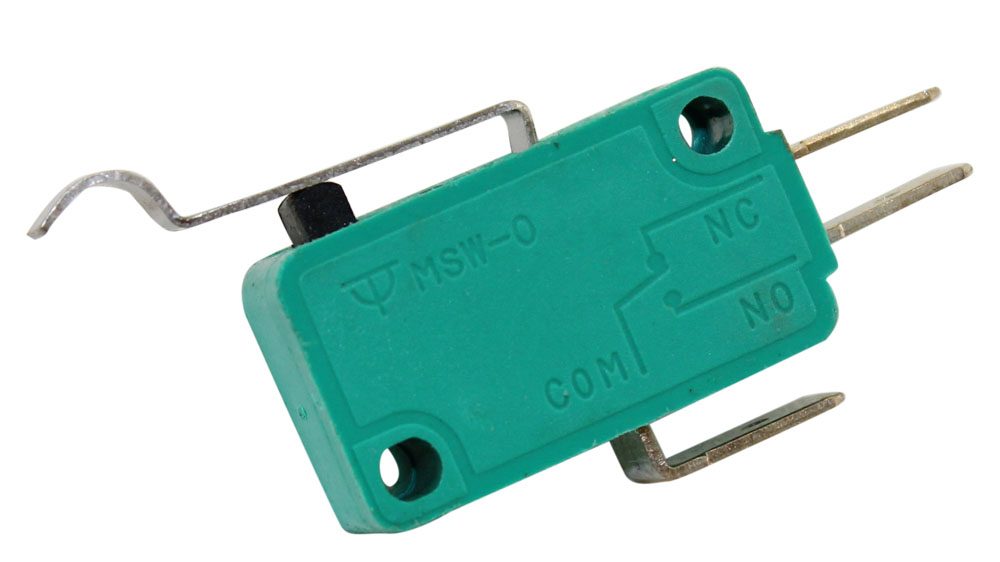
Selecting the Right Micro-Switch:
When choosing a micro-switch, consider the specific application and requirements. Factors like operating force, switching speed, and terminal type are essential considerations. The Microswitches are perfect for robotic projects such as the Portable Arduino Bot below,
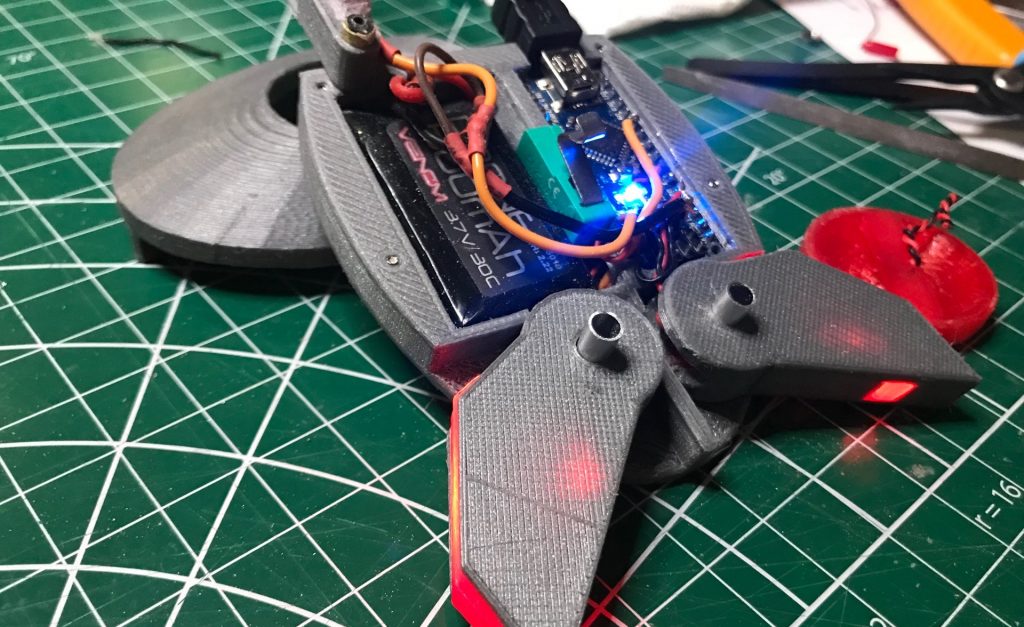
How to Use Microswitch?
For instance, the above is the circuit connection showing the working of a microswitch. When the lever is unpressed (the left-hand side circuit) and when it’s pressed (the right-hand side circuit). Therefore, the input is the common terminal (C). At first, the switch is in Normally Closed (NC) mode. the lever terminal C or the move-able contact is connected to the NC terminal and there is no contact between the C and Normally Open (NO).
Therefore initially green LED glows which is connected at the NC terminal of the switch.
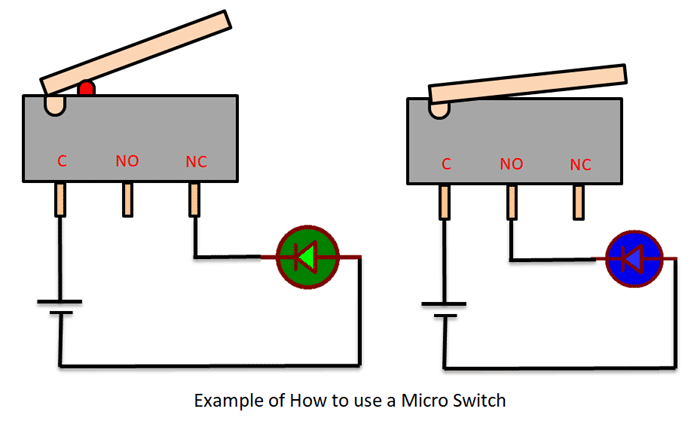
When slight force is imposed on the liver terminal or when it is pressed down the C and NO terminals get connected and the blue LED glows as there is now contact established between the C and NO terminals.
Depending on the application we can use the SPDT micro switch in NC or NO mode, separately or simultaneously.
What makes Microswitch so great?
Over the years, the microswitch has been integrated into the design of our everyday life appliances. From the refrigerator light to the automatic door, the microswitch had been there however hidden. Today, microswitches are in 3D printers, and smart appliances such as microwaves, air fryers, and power tools. Without the microswitches, there will be no feedback from the system and there will be no smart appliances.
- 3D printer
- Senses door open or closed
- Robotic projects
- Refrigerators
- HVAC
Conclusion
Micro-switches play a vital role in enabling feedback and control in smart appliances. Their reliability, speed, and efficiency make them an essential component in modern electronics. By understanding micro-switches and their applications, you can unlock their potential and integrate them into your projects or products.
